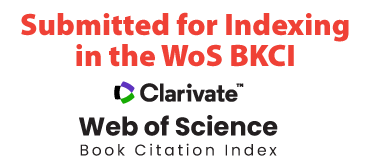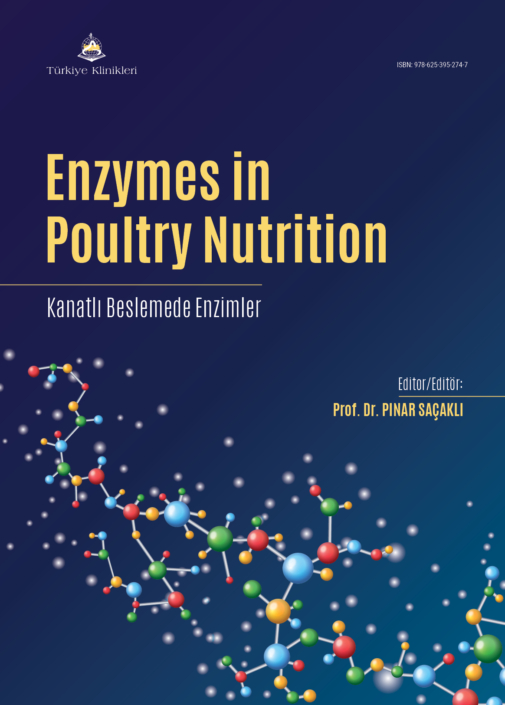The enzymes needed by animals to digest feed can be produced endogenously by the animal’s digestive system or by microorganisms living naturally in the intestine. However, the production of these enzymes in the animal’s digestive system is not fully sufficient. Some enzymes are not produced in the animal body at all and must be added directly to animal feed externally. As a result, poultry cannot digest approximately one quarter of the feed they consume. Enzymes need to be added to poultry feed to improve feed digestion and animal performance. In order for an enzyme to be applied to animal feed, there must be sufficient substrate in the feed. The enzyme should not be affected by external factors such as heat during and after feed processing, and should remain stable in the feed and in the animal’s intestine.
Although the first exogenous enzyme was synthesized in 1969, it was not possible to produce it economically and commercially in amounts that could be used in animal nutrition until the 1990s. However, during this period, enzymes that break down phytase and non-starch polysaccharides (NSPase) were produced and have been used in animal feed for more than 30 years. The most commonly used and commercially available enzymes used in poultry feed today are xylanase, glucanase, phytase, amylase, lipase, protease and mannanase. All of these enzymes can be used as a single enzyme or as a mixture in poultry feed. In this context, while it provides economic benefit to the poultry industry by increasing the digestibility of plantbased feedstuffs, it also contributes to improving animal health and minimizing the negative effects of animal production on the environment. Due to all these benefits, the use of enzymes in animal nutrition is increasing and research on this subject continues.
In this book, the enzymes are discussed in two categories as endogenous and exogenous enzymes. This book contains most commonly used enzymes in poultry feed and their effects on poultry including the most up-to-date research results. Very specific topics such as rationale of multienzymes and enzyme matrix, enzyme production methods and technology, regulations on feed enzymes are also included. With all these contents, the book should be particularly useful for professional poultry nutritionists and reserachers, poultry producers, feed manufacturers and the students in the animal science.
Grateful appreciation is expressed to authors who contributed to the preparation of this book.
Prof. Dr. Pınar SAÇAKLI
Editor
Ankara University Faculty of Veterinary Medicine, Department of Department of Animal Nutrition and Nutritional Diseases Ankara, Türkiye
Bölümler
SECTION 1: Benefits of Enzyme Supplementation and Mode of Enzyme Action
Definition, Factors Affecting Enzyme Selection and Activity
Derya YEŞİLBAĞ
Roles of Enzymes in Metabolism and Gut Health
Muhammad Shazaib RAMAY, Ali ÇALIK, Ahmet CEYLAN
Rationale of Multienzymes and Enzyme Matrix
Armağan HAYIRLI
SECTION 2: Types of Feed Enzymes
Exogen Enzymes: Phytase
Pınar SAÇAKLI
Exogen Enzymes: Glucanase
Bekir Hakan KÖKSAL, Onur ÖRTLEK
Exogen Enzymes: Xylanase and Cellulase;
Eren KUTER
Exogen Enzymes: Mannanase, Pectinase, and Glycosidase
Umair AHSAN, Ahmet Yavuz PEKEL
Endogen Enzymes: Amylase
Veysel DOĞAN
Endogen Enzymes: Protease
Zehra SELÇUK, Habip MURUZ
Endogen Enzymes: Lipase
Cemal Georg ORHAN, Emre ŞAHİN, Kazım ŞAHİN
SECTION 3: Enzyme Production Methods and Technology
Biotechnology of Enzyme Production
Cem ALBAYRAK
SECTION 4
Regulations on Feed Enzymes
Gülcan DEMİREL



